
The Ultimate Guide To Marketing Campaigns (With Examples!)
Learn how to plan, execute and analyze a successful marketing campaign.
 by
Okpaka Peace
by
Okpaka Peace

From “Nike’s Just Do It” to “Coke’s Share A Coke” to “Pepsi More Than Okay” advertisements, you will notice they all have one thing in common (maybe 3!).
Ad campaigns evoke emotions and leave brands/companies memorable. They help create unique and memorable brand identities that stand out from competitors.
Through the efforts of a well throughout marketing campaign, you can drive customers into taking a desired action.
Advertising campaigns can do all this (and more) for your business.
Which is why we have compiled this guide to creating an effective advertising campaign.
Advertisements (also called ads) are a form of marketing communication that promote products, services, or brands to a target audience. It is a marketing tactic that involves paying for a space or channel to promote a product, service or cause.
They can take many forms, from print to radio.
We would be looking at this in detail later.
The primary goal of advertisements is to create awareness, interest, and desire for a product, service, or brand.
To achieve this, you should have a mix of messages and visuals that communicate the benefits (and unique selling points) of the product.
Successful advertisements often play with the psychology of your target audience. By tapping into their emotions, your aim is to create a strong connection and inspire one action — to purchase your service/product.
Depending on the goals of your marketing campaign, your ads are designed to help you achieve them. Advertising can help your company to;
Advertisements come in various forms, each tailored to different mediums and audience preferences. These methods would be looked into during the course of this blog post.
Over time, numerous marketers have used both terms interchangeably.
However, these two concepts are different. Distinct but closely related concepts.
Advertising and marketing both have the same goal. To get your business and messaging in front of your target customers.
Advertising is a subset of marketing, and it is often used in combination with other marketing tactics to achieve specific marketing objectives.
Marketing is the overall strategy that covers all activities designed to promote and sell a product or service.
It includes market research, product development, pricing, distribution, promotion, and more.
Marketing aims to create value for customers by understanding their needs, behaviours and preferences. Then act on those needs by developing products or services that meet those needs.
Learn More: The Ultimate Guide To Marketing Campaigns
Ads are one of the specific tactics used in marketing to promote products or services.
It focuses on the creative execution and delivery of specific messages to the target audience.
Advertising involves creating and delivering messages through various channels. Aimed at raising awareness, generating interest, and encouraging action from the target audience.
Learn More: Advertising Vs Marketing: Understanding The Differences
While both marketing and advertising play a critical role in promoting products or services. However, marketing takes a broader, more strategic view of the overall business goals.
Companies make use of different channels to get their message across to their target audience. Here are 7 different types of advertising channels and examples;
Radio advertising involves creating and delivering audio messages through radio stations. This method dates back to 1920, when the first radio commercial aired.
Radio advertising can take many forms, including traditional commercials, sponsorships, endorsements, and more.
Traditional radio commercials involve a scripted message being aired during a commercial break. These commercials typically range from 15 to 60 seconds in length and can be pre-recorded or delivered live.
Radio commercials can be targeted to specific demographics or audiences based on factors such as age, gender, interests, or location.
Nowadays, podcast advertising is a similar but more effective method.
TV advertisements, also called TV commercials, are short video messages broadcasted on television networks.
They are developed and paid for by companies looking to capture the audience of a TV program or show.
TV advertisements typically range from a few seconds to a few minutes and are designed to be visually engaging.
They have a wider reach of audience and provide users with a multi-sensory experience. However, they are expensive and avoidable by your audience.
Direct mail involves sending promotional materials through the mail to a target audience.
These promotional materials can be postcards, brochures, catalogs, letters, coupons, newsletters and more.
Besides the item being mailed, the other essential component of a successful direct mail campaign is your list—who gets your mail.
A direct mail advertising strategy is more personal than other types of advertising, but it’s also very costly.
Another direct mail strategy is electronic mail, which is a form of digital advertising (keep reading to learn more!).
Also called Advertisement On Transport, transit ads are found inside or outside any mode of transportation.
It is the advertising media found in (and on) buses, cars, trains, planes, subway cars, taxis, bus and train stations.
They help reach your audience in a way that helps build brand recognition. By being visible 24/7 and providing you the opportunity to amplify your brand message.
Billboards are print advertisements on a larger scale. Due to their size, placement, design and level of interactivity, they are more expensive than other print media.
Typically, billboards are designed with few to no words so that viewers have time to process the message while passing.
However, digital billboards have been introduced (a more interactive option) where the images and videos are scheduled to change.
In simpler terms, “Advertising For The Internet”.
This is the distribution of promotional content through online channels like social media, websites, search engines, mobile apps and more.
Over the years, digital advertising earned its popularity due to the increasing use of the internet and digital devices.
It offers several advantages including greater reach, better targeting capabilities, real time analytics and tracking, as well as digital marketing campaign performance.
Event advertising involves planning, strategizing and executing an event for the purpose of promoting a brand, product or service.
The event can either be held online or physically, depending on your budget and the ease of hosting the event.
You can either host your own event, sponsor someone’s event or attend as an exhibitor.
Examples of event advertising include conferences, seminars, pop-up shops, launch parties, workshops and trade shows and exhibitions.
Podcasts are audio shows that can be downloaded or streamed online and cover a wide range of topics, from news and politics to lifestyle and entertainment.
Podcast advertising can take many forms, including pre-roll ads, mid-roll ads, and post-roll ads, which are typically delivered by the podcast host or a voice-over artist.
These ads are targeted to specific demographics or audiences, allowing businesses to reach their ideal customers more effectively. They are highly engaging, with the ability to create a personal and emotional connection with listeners.
In recent years, podcast advertising has become increasingly popular as more people turn to podcasts for information and entertainment. Thus, offering businesses a unique and effective way to promote their brand, product or service.
Print ads are promotional materials in print media, such as newspapers, magazines, flyers, brochures, billboards.
They are often used to reach a targeted audience, especially in local or niche markets. They are cost effective, especially for small businesses and startups that wish to reach a local audience.
These ads are highly visual, with the use of graphics, colors (and video interactions if needed) to create engaging messages.
Today, it is no news that people spend a significant amount of their time online.
As of April 2023, there were 5.18 billion internet users worldwide (64.6 percent of the global population). Out of this, 4.8 billion were social media users. Amazing, right?
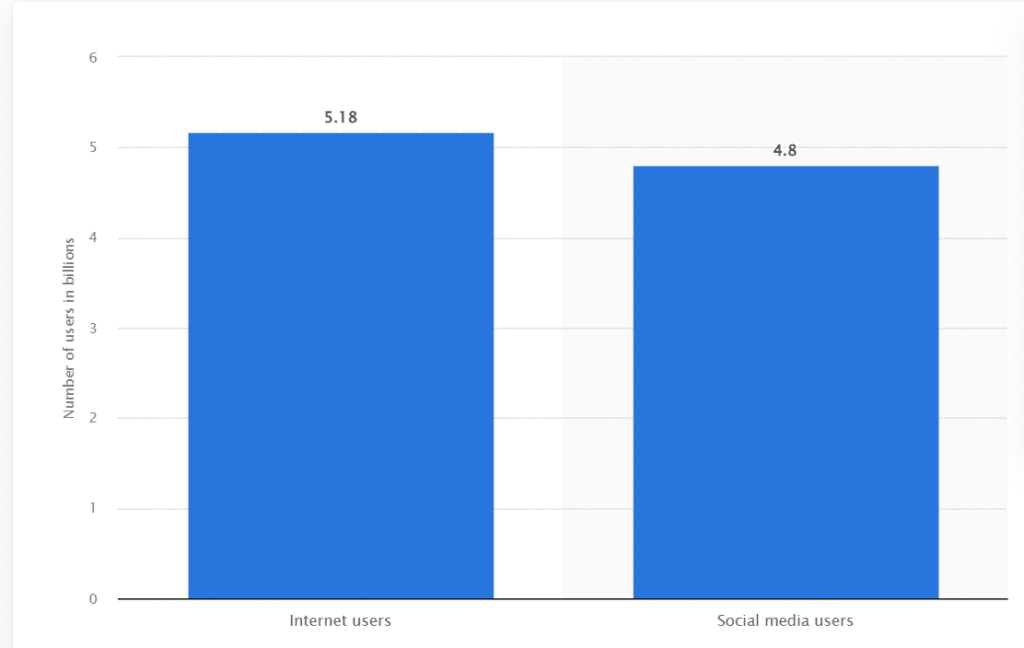
This has provided businesses with a remarkable opportunity to connect with their target audience through digital advertising.
This powerful online strategy has switched the way brands promote their products and services, enabling them to reach a wider audience, drive conversions, and achieve success.
It is safe to say that if you are not advertising online, you are wasting away the huge opportunity of connecting with a large number of your target users.
Not only this, you are missing the chance of using various platforms and channels to meet and realize your advertising goals.
Advertisers and marketers are now presented with the flexibility to reach their audience in multiple ways that fit within your campaign budget. There are numerous free tools that can aid in executing your advertising strategy (i.e Hubspot Ads Software, ActiveCampaign, Zoho CRM) .
So, what are you waiting for?
Here are some ways to advertise online
Search Engine Marketing (SEM) is a form of digital advertising that involves promoting a website through search engines such as Google or Bing.
It is perhaps the most dependable type of digital advertising because businesses make use of keywords that the users search for.
SEM increases the visibility and ranking of a website in search engine results pages (SERPs) by using paid advertising options, such as Pay-Per-Click (PPC) or Cost-Per-Click (CPC) campaigns.
Users stop at the first page of search results, even though there are thousands of pages. This is why it is important to optimize your ad content, ranking it at the first page or even the first 5 results on the first page (the higher the better).
Benefits of SEM are increased website traffic, higher conversion rates, and improved brand awareness. By appearing at the top of search engine results pages, brands can gain credibility and trust with potential customers.
Social Media Advertising has become the biggest IT thing among digital advertisers because of the large number of users and the ease of targeting these users.
There are two main subtypes of social media advertising. Organic social media Ads and Paid social media ads.
Organic social media advertising covers creating content designed to engage with the audience and promote a product or service organically (without paid promotion).
Paid social media advertising involves paying to promote content on social media platforms to reach a wider audience. It offers a range of ad formats such as sponsored posts, display ads, video ads, carousel ads, and others.
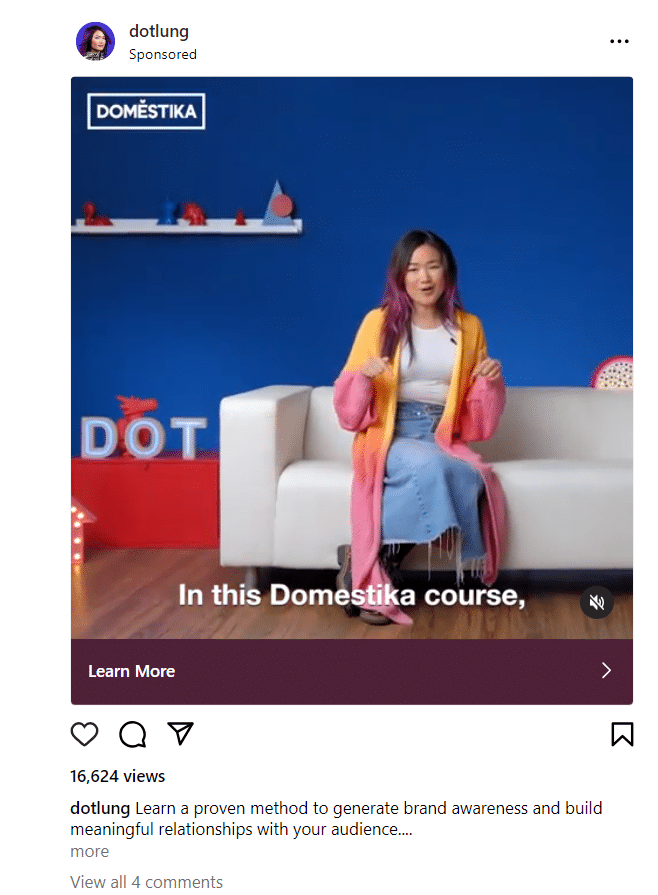

Both subtypes come with their specific benefits and the choice of which to go which should align with your business’s advertising goals.
Display ads use visual elements such as images, videos, gifs and text. It is the most basic form of digital advertising.
Display ads can be found on websites, mobile apps, social media platforms, blogs and other digital channels. They closely resemble ads that you come across in newspapers or magazines, but this time, they appear on the web.
Most display advertising uses square, landscape, or skyscraper formats with images, copy, and a strong (CTA) to entice users to click.
Display ads are usually created in different sizes and formats such as banner ads, pop-ups, native ads, and more to fit different screen sizes and locations.
Native advertising matches the form and function of the platform on which it appears, such as a website or social media platform.
They are similar to digital ads, however they are more strategic and intentional when it comes to content placement and audience targeting. They blend in with the platform choice, making them less disruptive and more engaging for users.
Native ads can be sponsored posts, promoted tweets, recommended content, and more, depending on the platform used.
Here is a visual scenario;
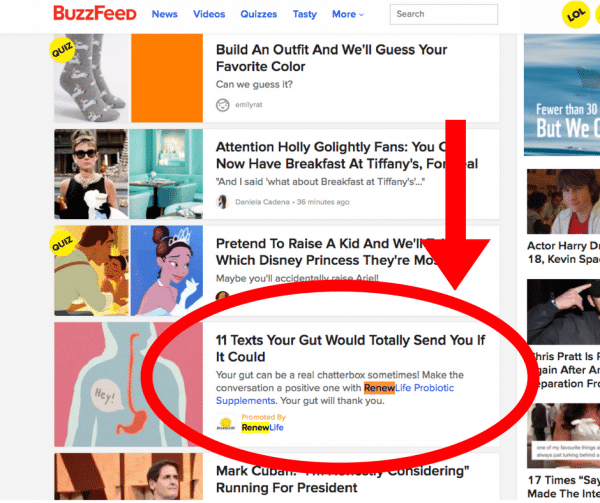
You are scrolling through BuzzFeed, looking for interesting content. You come across a post that features a photo of the human body with the headline “11 Texts Your Guts Would Totally Send You If It Could.”
The post looks like any other editorial content you might see on BuzzFeed, except for one subtle difference – it includes the words “Sponsored” or “Promoted“.
Curious, you click on the post and are directed to a new page where you find an article about the gut, featuring images too.
As you read the article, you notice that it is sponsored by Renew Life, a pharmaceutical company that sells probiotic supplements and other medications.
The native ad provides relevant content that users are interested in while also promoting the sponsor’s products in a non-intrusive way. This is why e-commerce or blogs websites show “Things You Might Like Based On…” or “People also bought…” when on a specific site.
The best thing about email marketing?
You are reaching out to users that are already interested in your business and brand. How?
This is because the user chose to opt-in to your email list.
An email list is a collection of loyal customers who are interested in a brand to a certain degree. These lists are usually collected when visiting a website and there is a popup or newsletter asking for an email (which usually the user gets a discount, freebie or other promotion in return).
Email ads are cost-effective – it is less expensive than traditional marketing methods and has a high ROI.
It is also easily measurable, allowing businesses to track open rates, click-through rates (CTR), conversion rates, and other metrics to adjust their campaigns for better results.

Email Marketing is a powerful tool to connect with customers, promote products or services, and increase sales and revenue.
Video advertising has become a dominant force in digital advertising.
With its engaging and captivating nature, video content has the power to leave a lasting impression on viewers.
Video ads can show up as a commercial-esque ad while watching other videos (pre-roll, mid-roll or post-roll ads), or they can be integrated as native or display ads.
By incorporating visuals, sound, and storytelling, video ads can evoke emotions, entertain, and educate viewers.
The most challenging part of creating video ads is the time and effort it takes to plan and create a video that is visually appealing, captures the message and the brand, and has emotionally enticing music or audio.
Once this has been successfully carried out, it has been proven to be the most effective form of advertisement.
Platforms like YouTube, Hulu, social media channels, and streaming services have provided an extensive reach for video ads, enabling businesses to target specific demographics and interests.
When it comes to advertising, there are several best practices, tips and tricks you can follow.
The goal is to create engaging content coupled with appealing visuals that resonates with your audience. With the evolution of new media and channels, these best practices would also continue to evolve.
Here are some of the best advertising practices to follow;
Just like getting to know a new friend or close relative, you want to understand their likes, dislikes, and what makes them tick.
You want to build a strong emotional connection with them.
In the case of your audience, this connection goes beyond just selling a product or service. You want to ask them who they are, what they care about, and what challenges they face.
This would help you develop the right language and tone to connect with them.
Understanding their desires would help you craft your message in a way that shows you truly get them. It’s this understanding that forms the foundation of powerful, engaging, and effective advertising.
Understanding your target audience isn’t a one-time thing. It’s an ongoing process of listening, observing, and adapting.
Keep an ear to the ground, engage with them on social media, and pay attention to their feedback. The more you understand them, the better you can serve their needs.
Picture this: You’re scrolling through your social media feed, and amidst the sea of posts, one headline catches your eye like a shining beacon.
That is the power of a compelling headline and it can make all the difference in grabbing attention. With a thoughtful headline, you’ll have them hooked from the start!
Take a look at McDonald’s advertisement. Pretty engaging, right?
A great headline should pique curiosity or offer a tantalizing benefit. Make your audience think, “Wait, what’s this all about?” or “Tell me more!”.
Don’t be afraid to sprinkle a little emotion into your headline. Tap into their desires, fears, or dreams and make them feel something. Whether it’s excitement, intrigue, or a sense of urgency, you want to make them eager to dive deeper into your content.
You don’t have to settle for your first headline. Experiment with different variations and see what works best. A small tweak can make a world of difference in advertising.
In advertising, it’s essential to focus on the benefits rather than just the features of your product or service.
While features describe what an offering can do, benefits highlight the value and advantages it brings to your customers.
By emphasizing benefits, you can create a more compelling and persuasive message that resonates with your target audience.
Southwest Airlines advertisement makes use of this practice. Instead of explaining what a Business Select ticket offers, they paint a picture of how smooth sailing your life would be if you make a purchase. Here, they focus on benefits over features.
Remember, while features are important for understanding the technical aspects of your advertisement, benefits are what truly motivate customers to take action. Talk about the way a purchase would positively impact their lives.
Imagine this:
You’re strolling through a bustling city street, surrounded by a crowd of people. Suddenly, you notice a group of individuals huddled together, enthusiastically talking about a new product. Their excitement is infectious, and you can’t help but be drawn in by their energy.
That is the power of a bandwagon effect.
The bandwagon effect is a psychological phenomenon that taps into our innate desire to be part of something popular and trendy. It’s the irresistible urge to jump and join the masses.
Advertisers have mastered this art by creating campaigns that make us feel like we’re missing out if we don’t hop on board. Everyone wants to fit in, right?
You’ve probably seen it in action: Ads featuring testimonials from satisfied customers, influencers flaunting the latest must-have item, or even just the sheer buzz generated around a product launch.
Like the Oral-B advertisement shown above, talking about how many Australians have used and loved the product.
These strategies create a sense of FOMO (Fear of Missing Out) and the belief that if everyone else is doing it, it must be something worth experiencing.
This is more than just promoting a product or service; it’s about connecting with people on a deeper level.
Storytelling allows brands to create a narrative that resonates with their audience, evoking emotions and forging a lasting connection. They take you on a journey, showcasing relatable characters, their struggles, and how the brand swoops in to make a difference.
Through storytelling, advertisers can tap into our emotions, making us care about their message.
Take the iconic Coca-Cola Christmas ads, for example. They tell tales of love, togetherness, and the magic of the holiday season.
These stories have become an integral part of our collective experience, etching the brand into our memories and eliciting warm sentiments year after year.
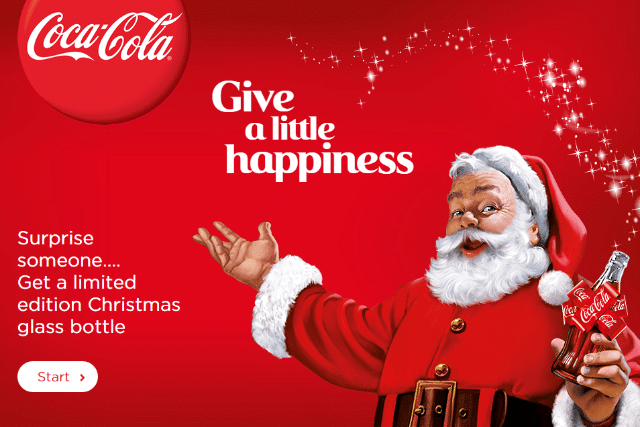
Laughter is contagious, and when it comes to advertising. That is why humor is the secret ingredient that can make a campaign truly memorable.
Infusing wit and humor into ads creates an instant connection with the audience, grabbing their attention and leaving a lasting impression.
Humor is a powerful tool that allows brands to build a positive association and create a sense of likability. Advertisers can cleverly showcase their product or service in a way that entertains and engages.
Whether it’s a witty one-liner, a humorous scenario, or a playful twist, humor adds a refreshing element that captivates the audience’s attention.

Take the Old Spice commercial, for instance. Their absurd yet hilarious ads featuring “The Man Your Man Could Smell Like” became an internet sensation. The combination of humor, creativity, and over-the-top scenarios made this ad iconic, generating buzz and increasing brand awareness.
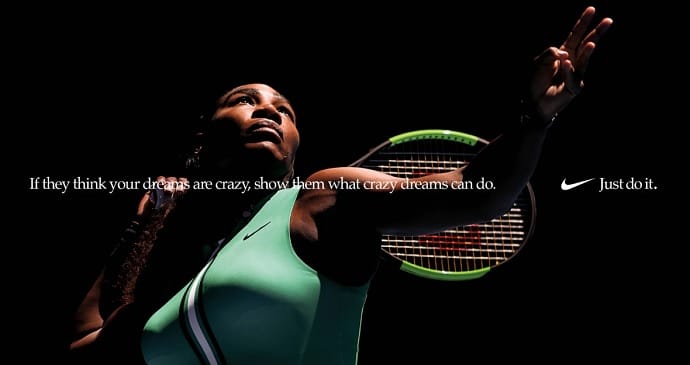
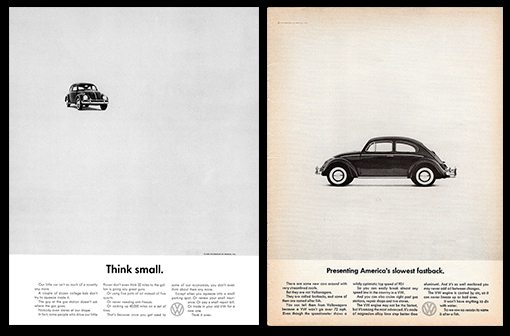
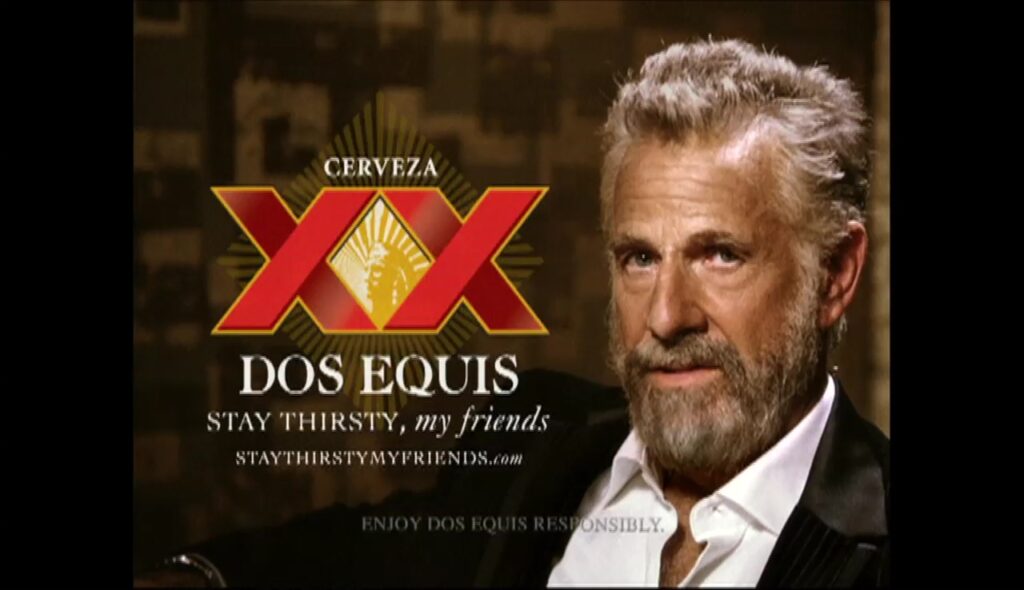
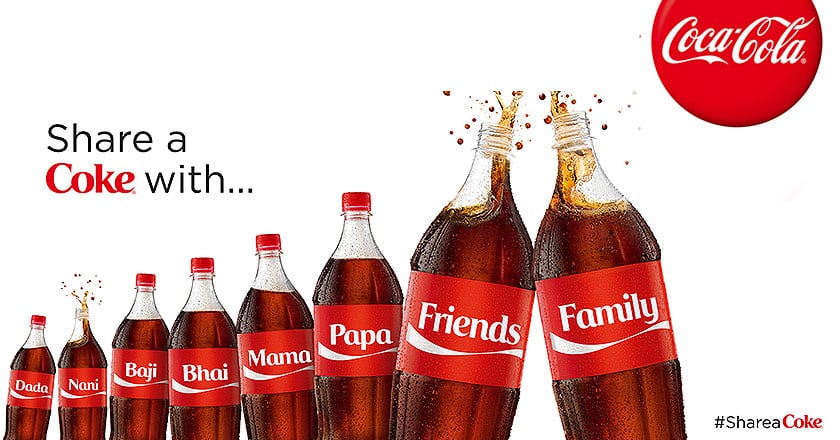
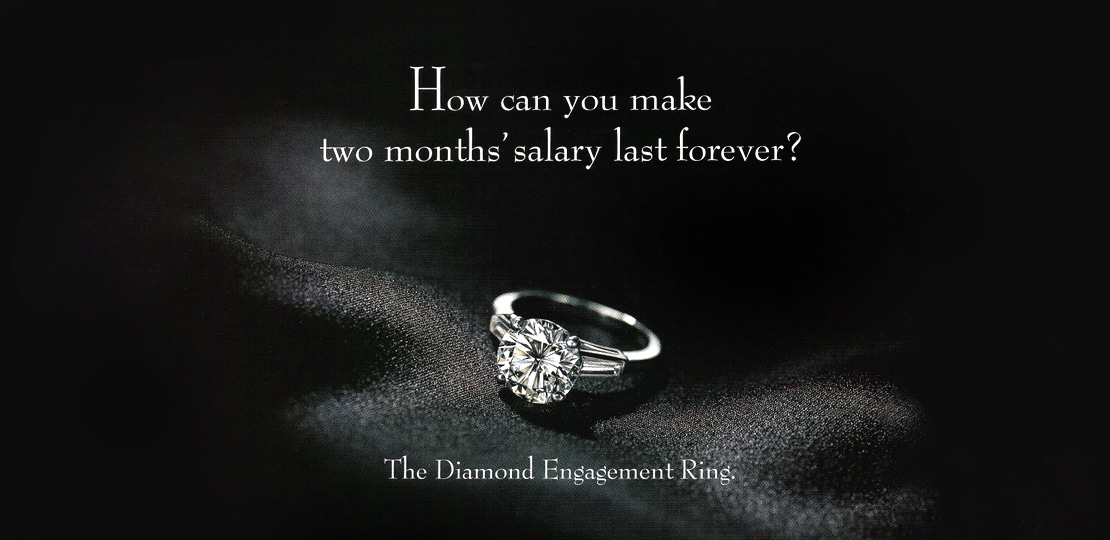


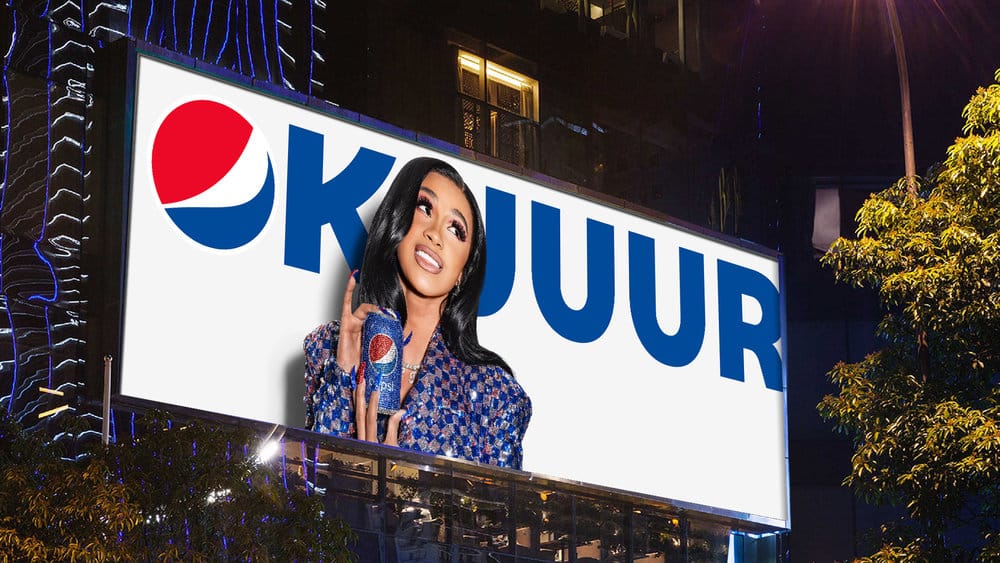
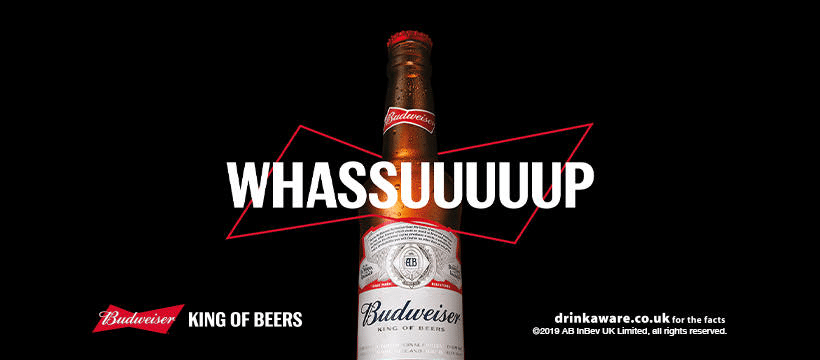

Learn how to plan, execute and analyze a successful marketing campaign.

Understand the key differences between advertising and marketing.